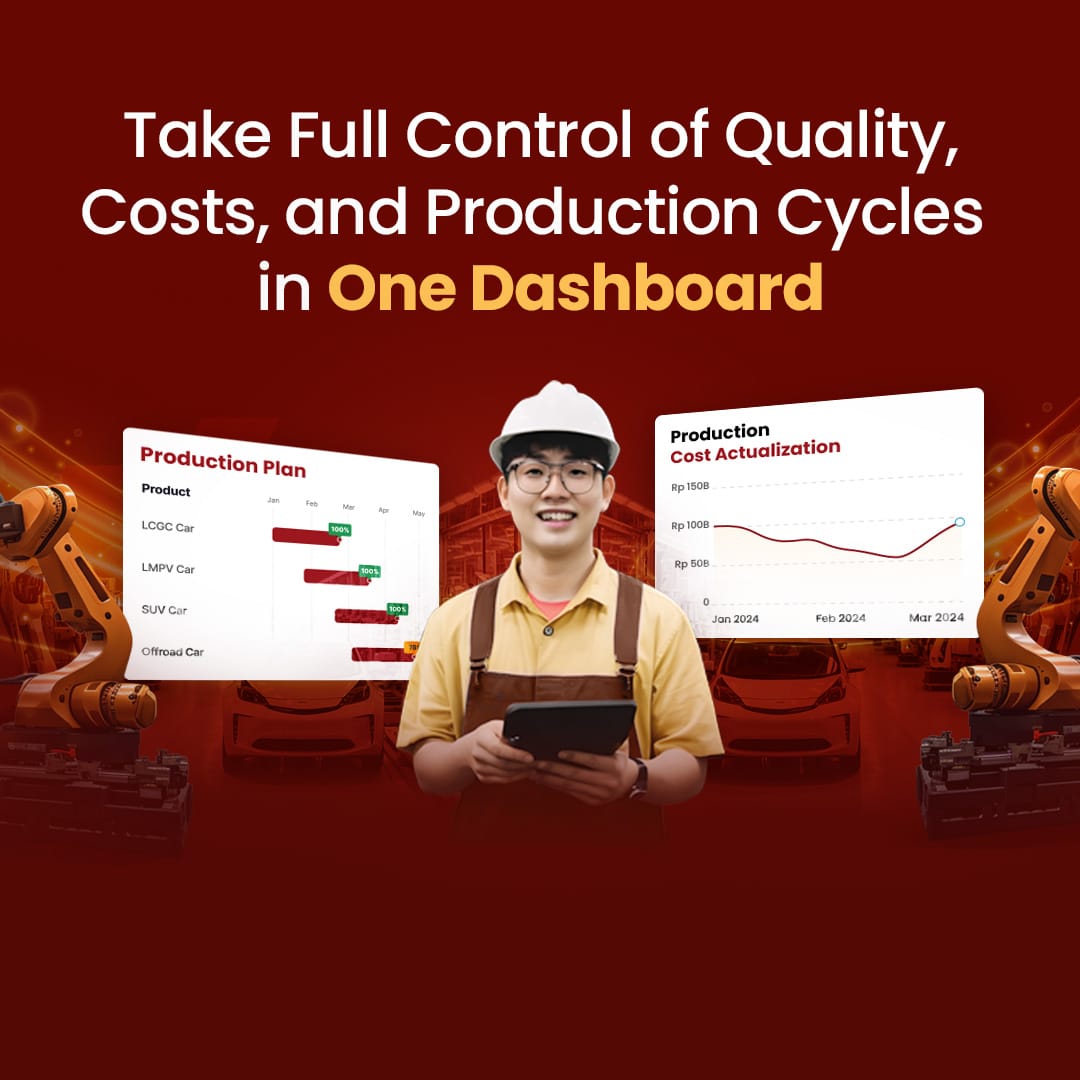Pricing strategies are very influential when businesses introduce products and compete in the market. Purchase Price Variance (PPV) is an essential factor that companies consider to achieve success for companies and manufacturing processes.
This formula helps companies see how raw material prices affect the Cost of Goods Sold and Gross Profit Margin. A manufacturing system integrated with accounting software can simplify the calculation of these data.
PPV is a variant that occurs because of the diversity resulting from differences in the material’s actual cost with previously budgeted. PPVs can help measure product sales’ effectiveness because businesses can make better decisions about pricing and financial functions to increase profits.
Key Takeaways
|
Table of Content:
Table of Content
How Can This Indicator Help the Manufacturing System?

Purchasing materials can account for up to 70% of the company’s overall manufacturing costs. Therefore, it is essential to budget first and then ensure that these costs do not exceed the planned expenses.
When you want to make a budget but don’t know the actual material price, make an estimate by entering the standard or average price of items on the market. You can use the help of procurement software to ensure efficient procurement costs.
For example, if the purchasing department bought an item for IDR 100,000 per unit last year and then bought the same product for IDR 70,000 this year, the company’s PPV will increase. The better the price negotiated, the better the PPV.
Factors Affecting
Product costs are taken from an inventory method such as first-in-first-out. As a result, actual costs vary by a sizable margin from current market prices. A shortage of material goods or commodity goods increases the price of the product.
When the demand in the market is high, companies will often pay more for shipping to obtain materials for suppliers in a short time. Manufacturing companies may get a special-price variant when making large purchases of products, but this method carries the risk of accumulating material inventories.
Buying in small quantities is also risky because the business may run out of stock. It will disrupt the production process which can result in unprofitable price differences. Therefore, the company has to create a good plan regarding the usage of resources and data. This action aims to control price variants effectively.
Determine the Values of the Following Variables
-
- Actual material prices: prices paid, not those budgeted or previously calculated
- Standard price: the cost expected to acquire a unit of the product
- Actual quantity: the amount of material purchased
Calculating PPV in a manufacturing system
Purchase Price Variance = (actual price – standard price) x actual quantity
Example:
For example, suppose Company A at the beginning of the first quarter estimates that it will require 1,000 units of an item in the second quarter at Rp. 60,000.00. For 1,000 units, Company A will get a 20% discount, bringing the total cost to IDR 48,000.00 (IDR 60,000.00 * (1-20%)).
However, at the end of the first quarter, management realized that it only needed 800 units. Now, you will only get a 10% discount, bringing the fee to IDR 54,000.00. In this case, the price variant per product is IDR 6,000.00 (IDR 54,000.00 – IDR 48,000.00).
If the calculation result is positive, it means that the total cost is more than budgeted. Conversely, when the resulting figure is negative, material costs are less than budgeted. Negatively target PPV because your company will want to buy material at a lower price than previously estimated. It helps to keep profit margins higher.
Compare the total actual purchase cost and the budgeted cost to know which variants are profitable or disadvantageous. The price variant plays a role when a company plans its annual budget for the following year. The standard price of an item is determined several months before buying the item.
Therefore, price variance occurs when the actual price at the time of purchase is higher or lower than the standard price determined in the planning stage of the company’s annual budget.
Predicting PPV
PPV is a historical indicator that tells you what has happened in the past. In preparing a company budget plan, calculations that span the future are also needed. Enter the estimated purchase price variance, to predict the gross profit margin and overall profitability increase.
If you want to calculate the PPV for the purchase of the material, use the formula:
PPV estimate = (estimated price – standard price) x estimated quantity
Conclusion
To get a good PPV, the company must negotiate well with the vendor and also make large purchases to get a discount. PPV calculations can be done simply through HashMicro’s online accounting software solution.
All of your financial data can be monitored in real-time and it also helps the efficiency of the company’s manufacturing system. Experience the free demo right now, seize the opportunity today!



































